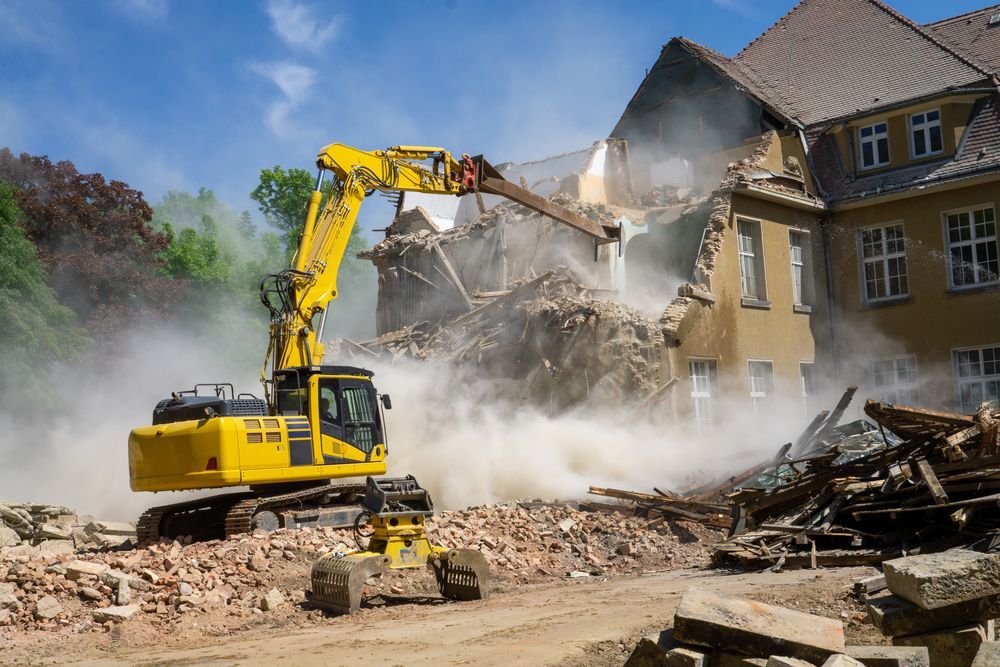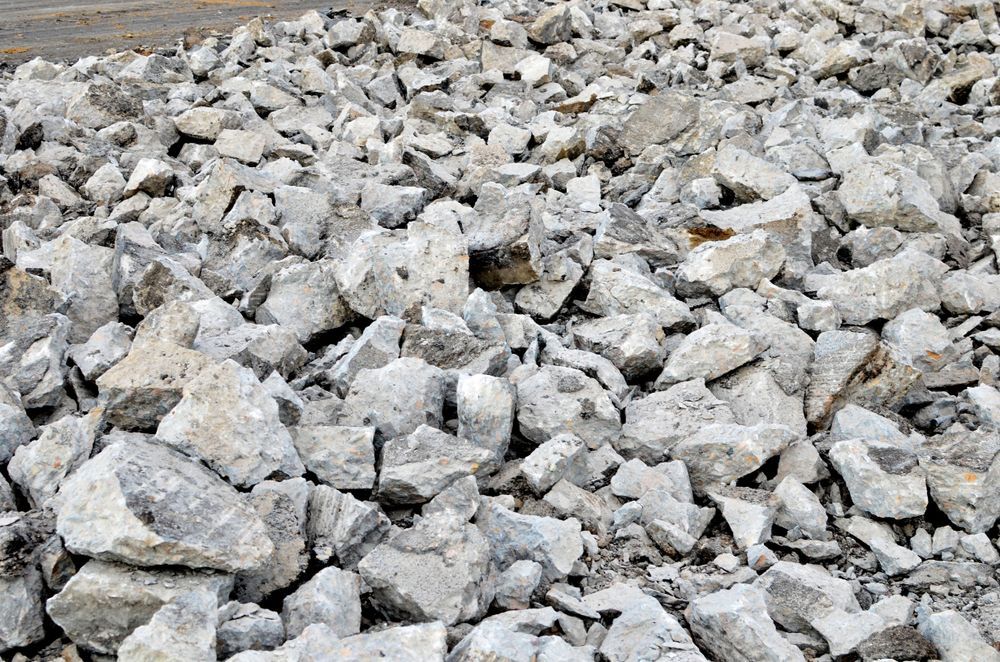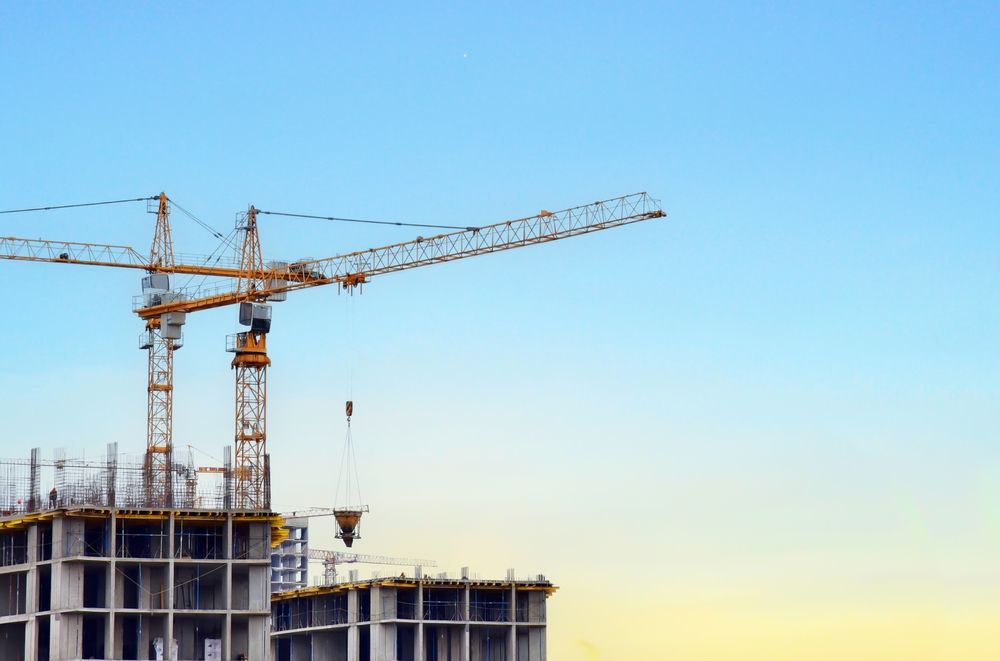Share this article:
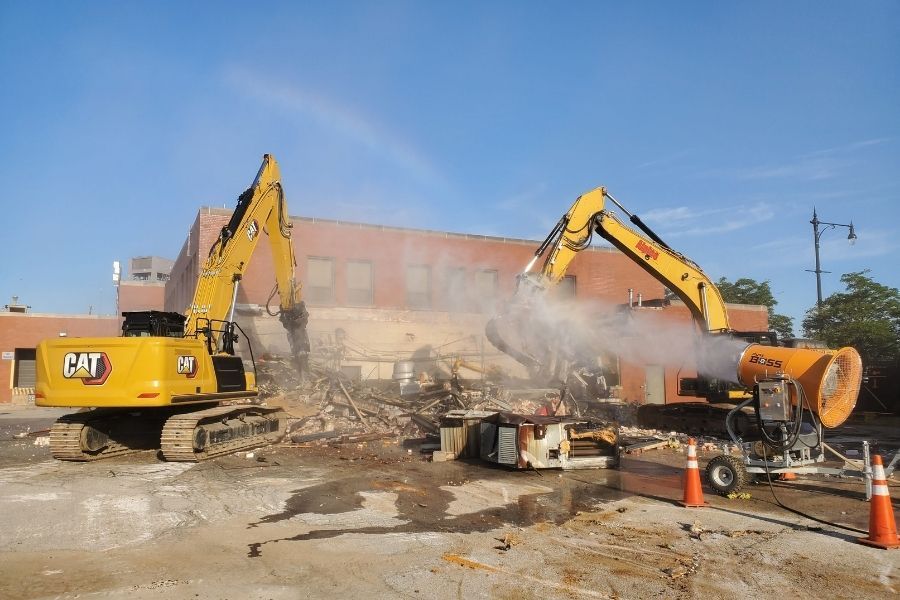
Dust is more than just a tolerated byproduct on the demolition job site. If it's not properly controlled, it could result in dire health consequences for workers and anyone else nearby.
While human health is the most important reason why proper dust control is so essential in construction and demolition, it's hardly the only benefit demolition contractors can realize. Other benefits of dust suppression include eliminating any odors that may stem from activities, reducing site maintenance and improving overall site cleanliness, being a good neighbor to any properties in the vicinity of the site, and meeting various standards and regulations.
In this post, we'll take a closer look at the importance of on-site dust control and why it's an important part of a
demolition safety plan, the health consequences that could stem from poor dust control, and demolition dust control equipment. Read on to learn more:
Why Do Demolition Sites Need Dust Control?
The importance of dust control in construction and demolition dates back to the 1700s when many stonecutters who did not take any precautions would fall ill after years of work. More research into these incidents helped better understand the relationship between human health and the types of dust that are common in the industry.
Excessive dust on job sites doesn't just have the potential to be hazardous to workers, but to the groundwater, surrounding wildlife, and the local community.
While it's important to prevent dust from moving through the air and landscape for various reasons, its presence can have the most dire impact on worker health. Here's a look at some of the potential health effects associated with exposure:
Respiratory Irritation
Respiratory irritation is defined as the inhalation of any substance that may cause a reaction to the body's respiratory system. The inhalation of lead dust, silica dust, and more may all lead to respiratory irritation on the demolition site if proper dust control measures are not in place. More severe cases of respiratory irritation may include:
- Histoplasmosis: Histoplasma is a fungus that lives in certain environments that, when inhaled, can result in severe symptoms of pneumonia. Commonly found in soil, this fungus can be released into the air when land is disturbed, which often happens during demolition. Symptoms tend to come on quickly, usually within a few weeks of inhaling the fungus.
- Silicosis:
Silicosis is one of the oldest known diseases associated with dust exposure, specifically exposure to crystalline silica derived from stone, rock, sand, and clay, and often found in airborne dust. A long-term disease often resulting from crystalline silica dust inhalation over many years, symptoms of silicosis may include shortness of breath, chest pains, a nagging dry cough, and fatigue. It tends to develop gradually, usually 10 to 20 years following exposure. There's no treatment for silicosis, just ways to manage the disease.
Increased Operating Costs
An excessive amount of dust on the job site can also mean increased operating costs for demolition firms. When demolition equipment is exposed to high amounts of dust, it can lead to accelerated engine wear and result in more frequent maintenance and repair. This doesn't just have the potential to increase operating costs, but squeeze profitability for demolition firms as well. Conversely, when dust is controlled properly on site, it results in a neater site that's easier to maintain.
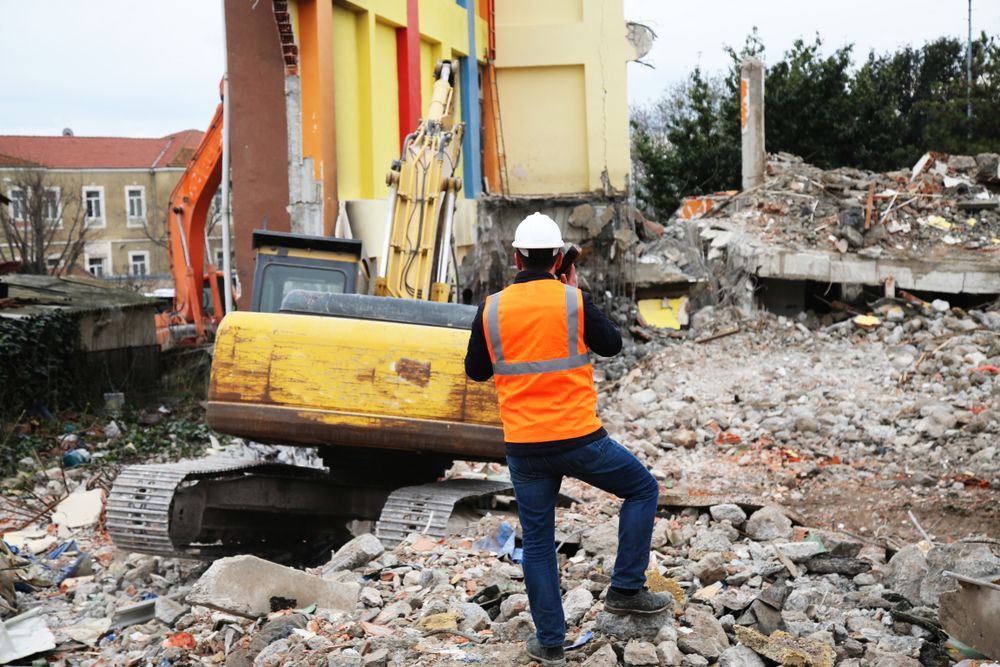
Regulations from Community
Dust control on job sites isn't just important for worker health, but for maintaining a positive relationship with the community you're working in. If dust isn't controlled, it may spread beyond the job site to the surrounding community and impact others. This can significantly harm community relations and make it more difficult to obtain building or demolition permits in the future. For this reason, many communities mandate a certain level of dust control.
Solutions for Demolition Dust Control
The good news is that there are various methods for controlling dust on the job site. These methods are effective and help keep workers and the surrounding community safe from exposure, regardless of the type of demolition being carried out. Here's a look at the "wet wet wet" method and dust suppression systems that are often administered on demolition sites.
"Wet Wet Wet" Method
As the name implies, this method involves using hoses to spray water on the site to keep dust at bay. Typically, the site is thoroughly soaked with water before demolition or deconstruction begins to knock any dust down and prevent it from going airborne. Specific areas of the site are also often sprayed again before work begins in these places. Any demolition debris may also be sprayed as it's moved onto trucks to be taken off-site.
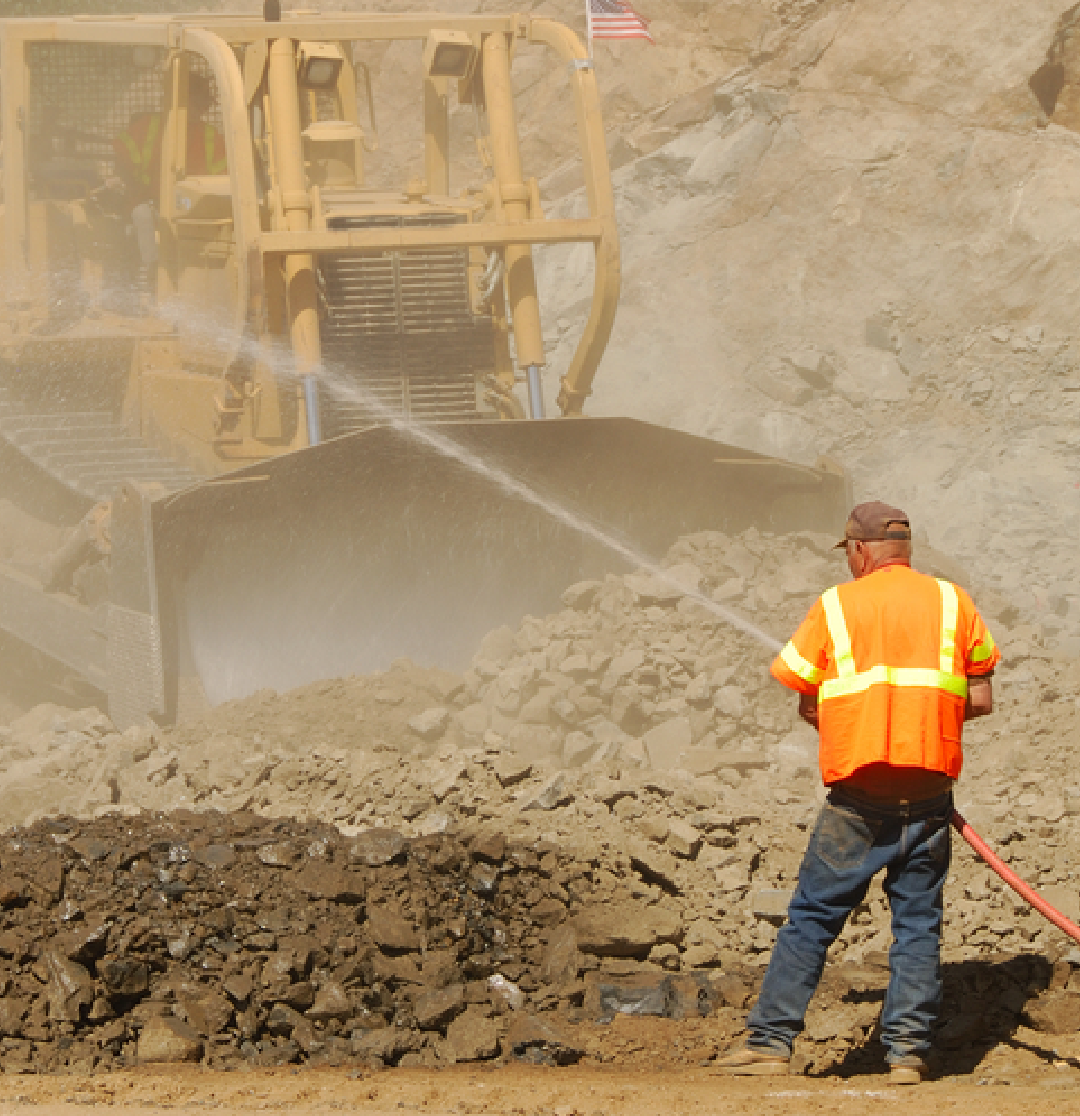
Dust Suppression Systems
Two common types of dust suppression systems on demolition sites include:
- Mist: Misting systems are different from the "wet wet wet" method that we detailed above in that they're designed to create an atomized fog in certain areas of the job site, rather than soak the entire job site. This can help knock the dust down and is ideal in areas where work may be carried on for a longer period. This method is also commonly referred to as "air washing" and can be deployed both indoors and outdoors.
- Negative Air Machines: These machines move more than just dust from the environment, but mold, debris, and other contaminants that could be harmful. Negative air machines are portable and can be easily moved to different areas of the job site where work is being carried out. They're one of the most popular pieces of demolition dust control equipment, and may be used in association with misting systems and the wet method.
Contact Alpine Demolition Today
For more information on the importance of dust control in demolition, contact Alpine Demolition today. As an experienced demolition contractor with an industry-leading customer satisfaction rating and safety record, we pride ourselves on doing what's necessary to keep the job site - and the surrounding community - safe. Contact us today to learn more.
Sources
[1]
[2]

